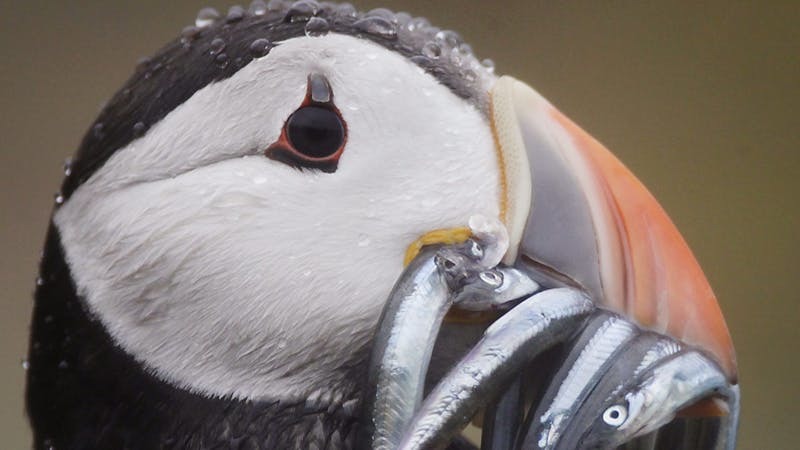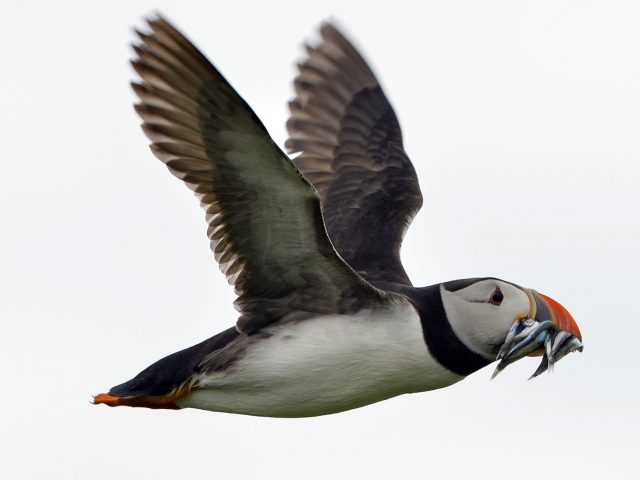
MORE than 1,400 pictures taken by the public of puffins carrying fish to feed their chicks are helping conservationists find out why the much-loved seabirds are declining.
The RSPB’s Project Puffin asked members of the public who photographed the birds, dubbed the “puffarazzi”, to send in their snaps to help scientists understand which fish puffin chicks are being fed.
More than 12,000 fish have been identified from 1,402 photographs and early results suggest some puffin colonies in the north of the UK and Ireland are struggling to find an abundant supply of large nutritious fish for their young, the RSPB said.
The research aims to find out why puffins are in decline, with the seabirds listed as “vulnerable” to extinction in the face of plummeting numbers.
Photographs sent into the RSPB team from people visiting puffin breeding colonies around the UK and Ireland this summer have helped them to identify the places the birds are struggling to find good food for their young.
Traditionally, puffins feed on a mixture of fish, but nutritious sand eels make up a high proportion of their diet.
Early results have found puffin diets vary significantly around the UK and in Orkney and Shetland, where serious declines have been seen, puffins appear to be consistently finding smaller prey compared with most other countries, the RSPB said.
The photos also revealed the diet of puffin colonies in north-west Scotland differed from those in southern Scotland, northern England and Wales, with sand eels making up half the diet of the more northerly birds compared with two-thirds further south.
Ellie Owen, RSPB conservation scientist who is leading the Project Puffin team, said the birds’ colourful bills and striking eye markings made them a favourite bird to photograph.
More than 600 people joined the puffarazzi and sent in shots of puffins with fish in their bills taken between May and August from almost 40 colonies around the UK, including the Farne Islands, Skomer and the Isle of May.
“For a young puffin waiting in its burrow, its life hangs on whether its parents return with enough food,” she said.
“An abundant supply of large, nutritious fish such as sand eels, sprats and herrings is key to healthy colonies.
“The public response means we’re getting data on a scale that we’ve never been able to collect before, showing what puffins are managing to find to feed their chicks around our coastline.
“The next stage of the project is to look more closely at the diet of puffins compared to their breeding success to pin down what part diet plays in the decline of some puffins.”
The project is supported by Heritage Lottery Fund Scotland with money raised by National Lottery players.

Enjoy the convenience of having The Sunday Post delivered as a digital ePaper straight to your smartphone, tablet or computer.
Subscribe for only £5.49 a month and enjoy all the benefits of the printed paper as a digital replica.
Subscribe